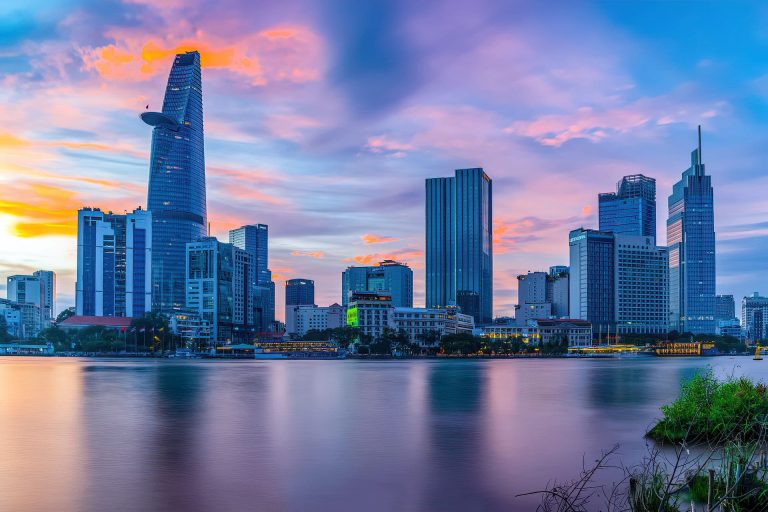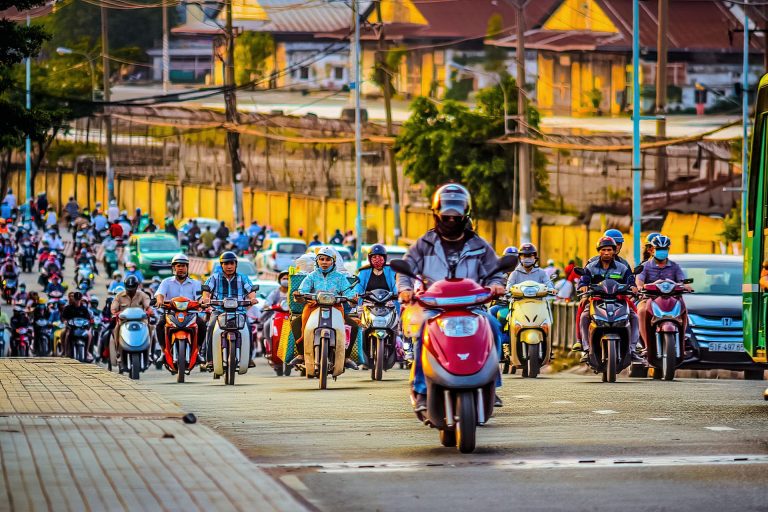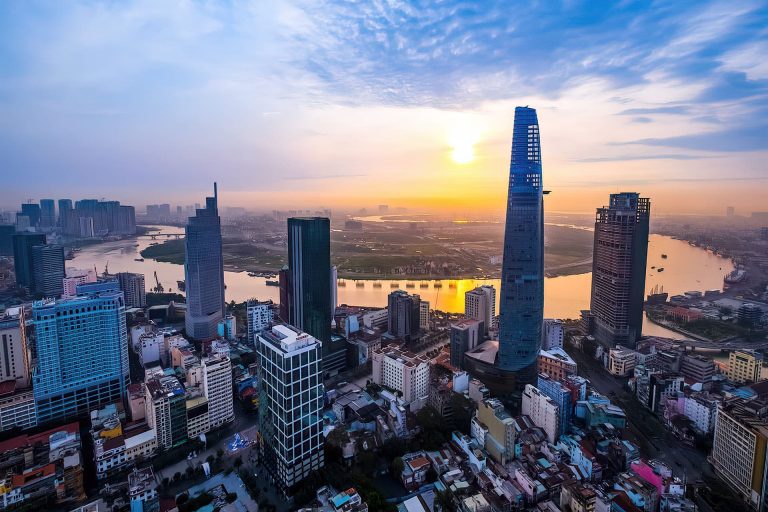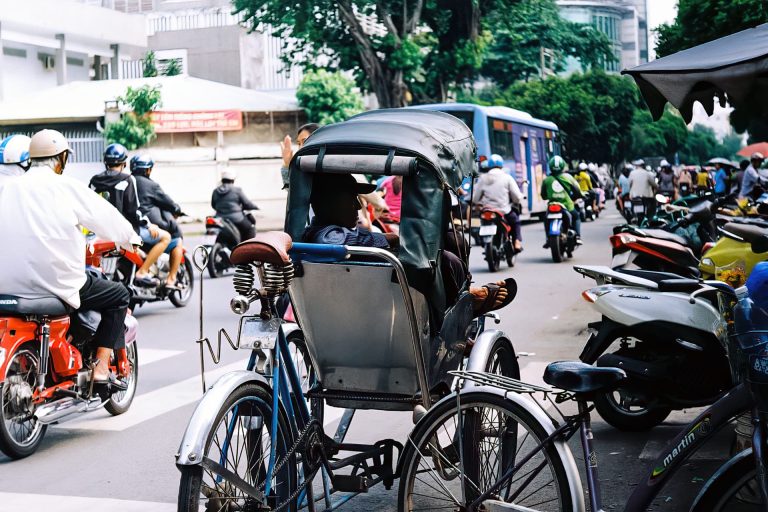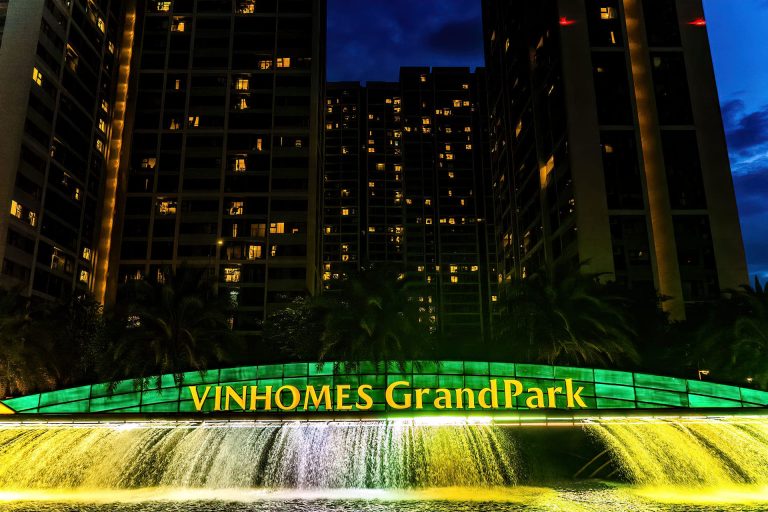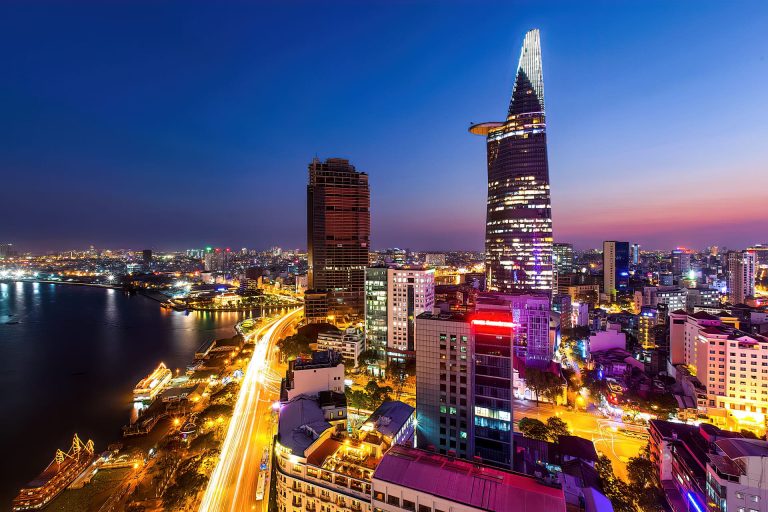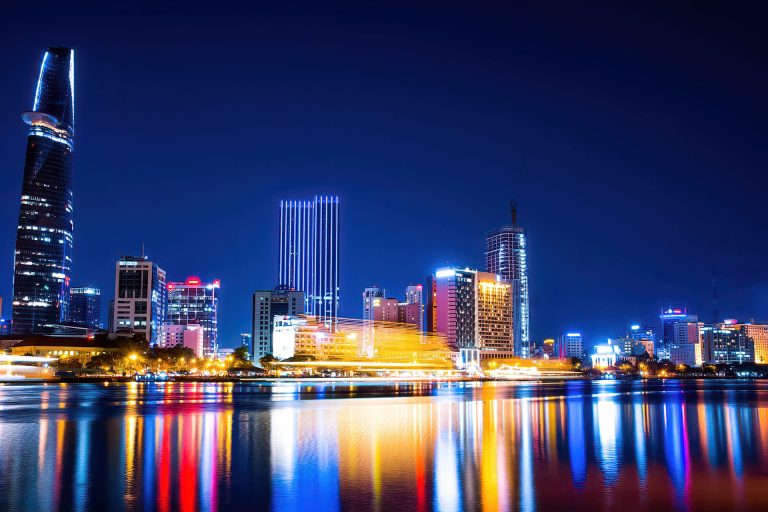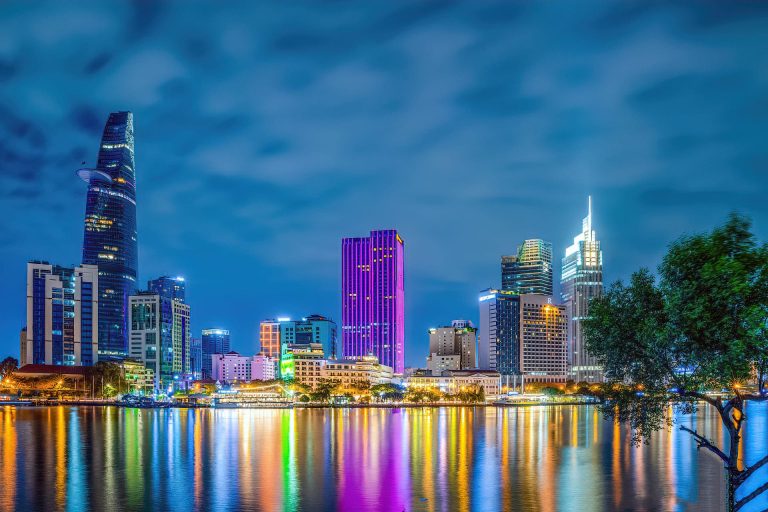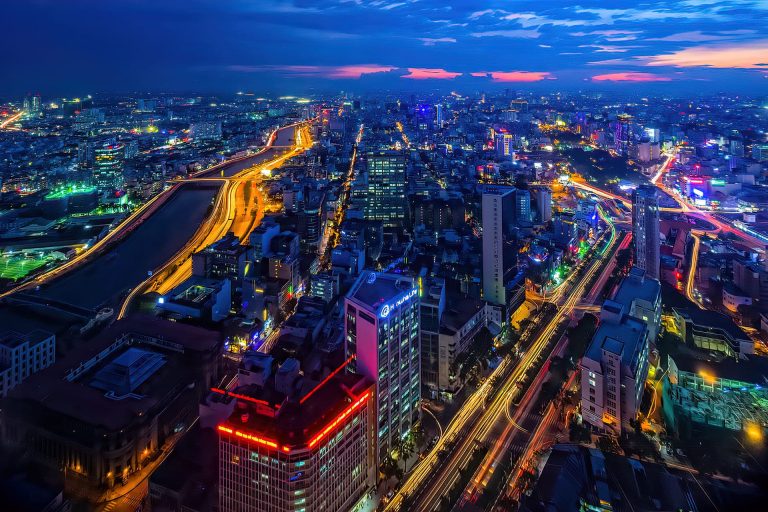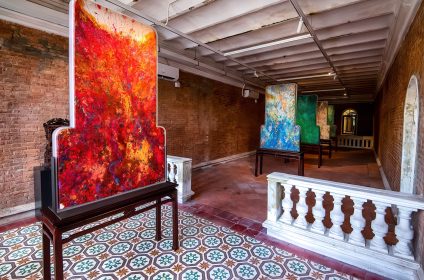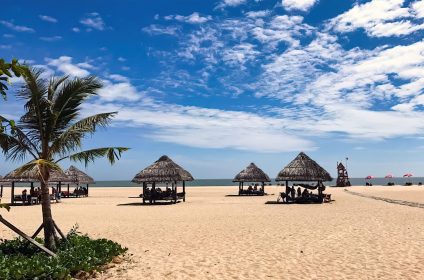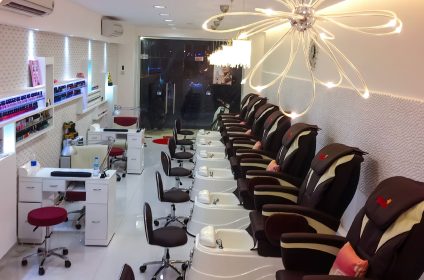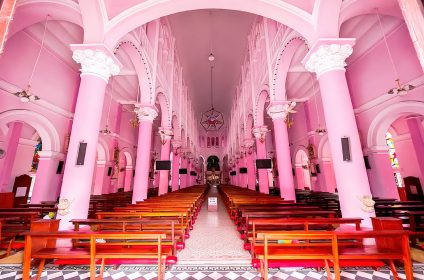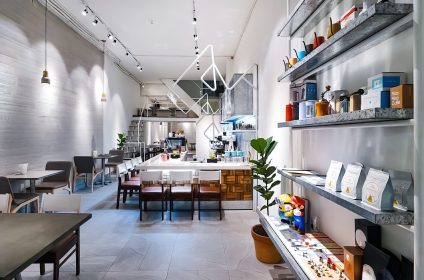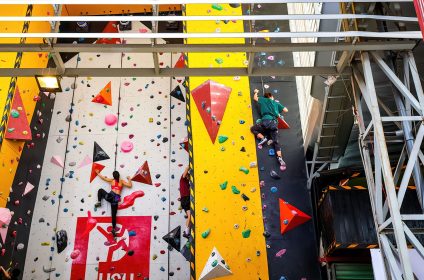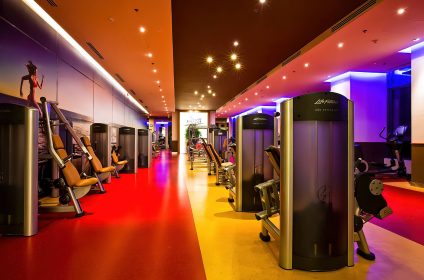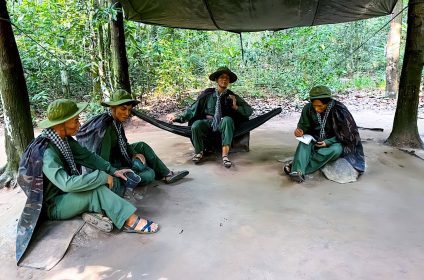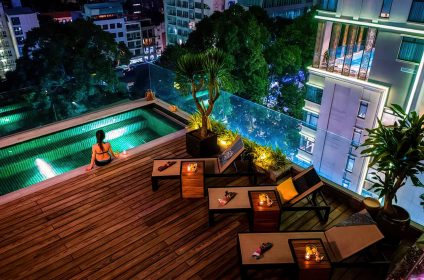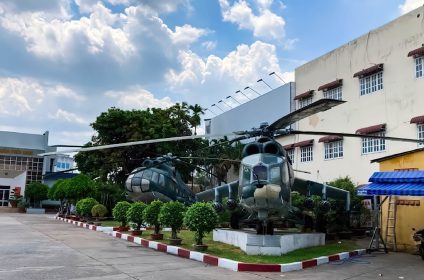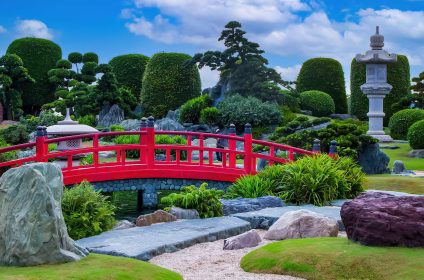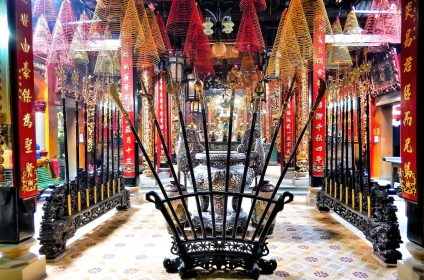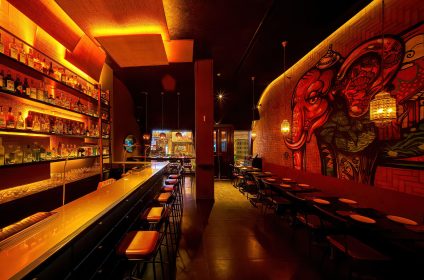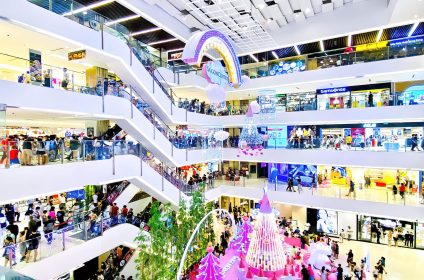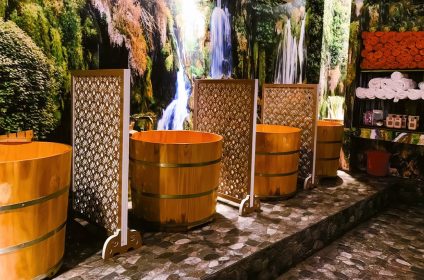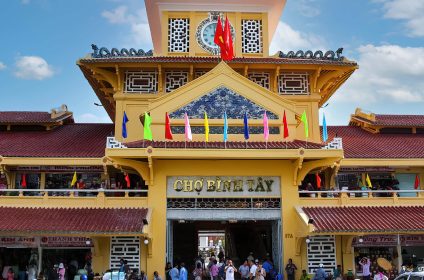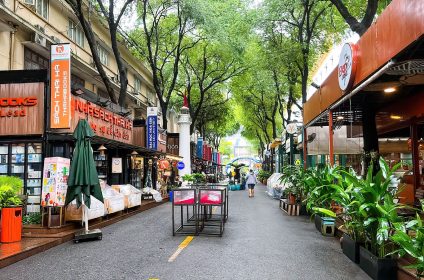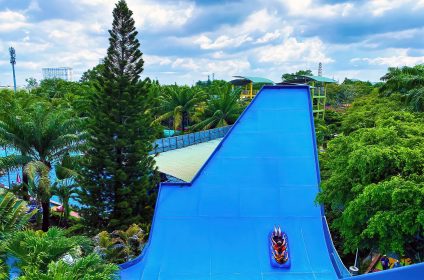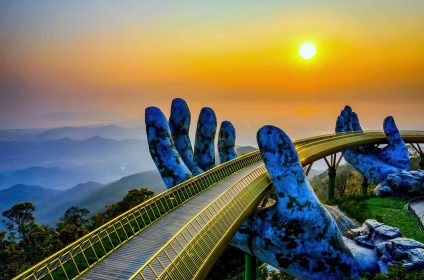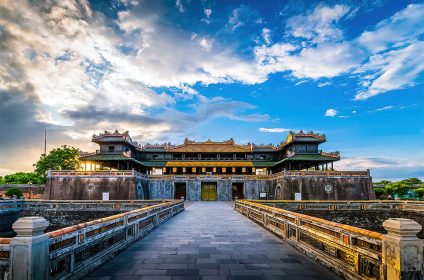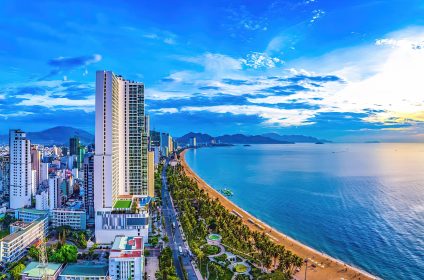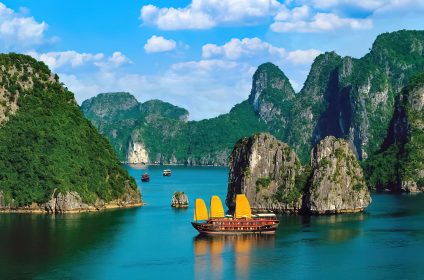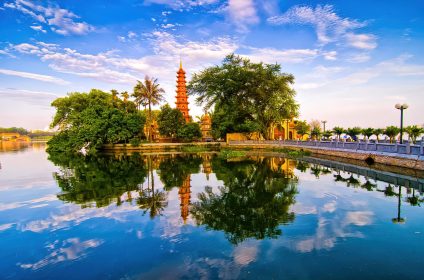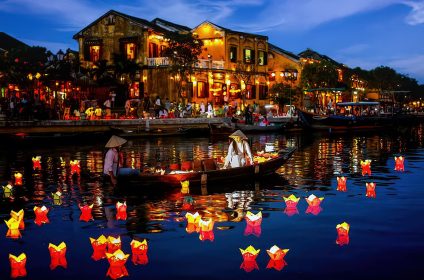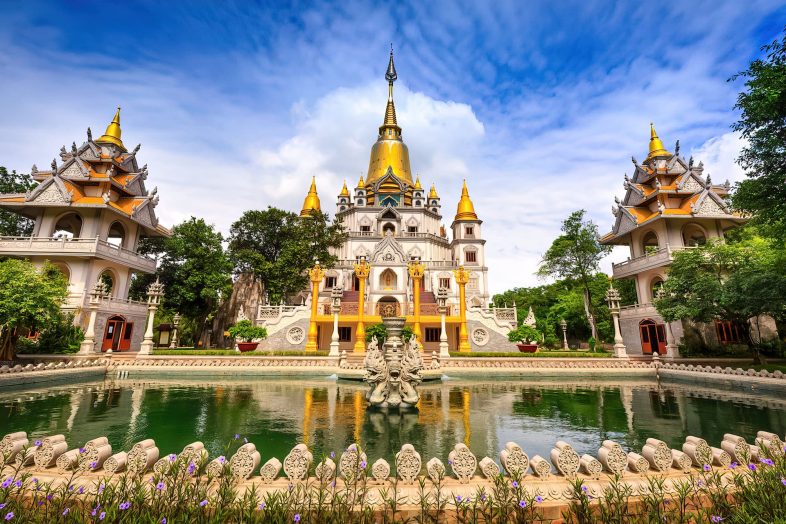
Attractions & Things To See In Ho Chi Minh City
Saigon’s history of oriental and western cultural fusion attracts migrants. An example of many historical buildings influenced by French design includes the Reunification Palace, the Opera House and the Saigon Post Office among others. Also, Notre Dame Cathedral is a modern piece of architecture among the city’s most magnificent and ancient.
You can also visit museums and art galleries in the week. Besides, you will see traffic on your way to work from your residence at a cyclo – an old form of transportation that was common in Vietnam.
In addition, during weekdays one may buy performances’ tickets for water puppet show and go there with his or her family or friends. It is suggested that you attend “Xin Chao” (Hello) Show at 23/9 Park in District 1 along Pham Ngu Lao Street on weekends. This 70-minute performance which starts at 6 p.m., features Vietnamese history and culture through music, dance, martial arts, and circus acrobatics.
Plan for extra time over weekends to visit floating markets nearby as well as garden complexes which are just about two hours away from the city centre.
Historical sites
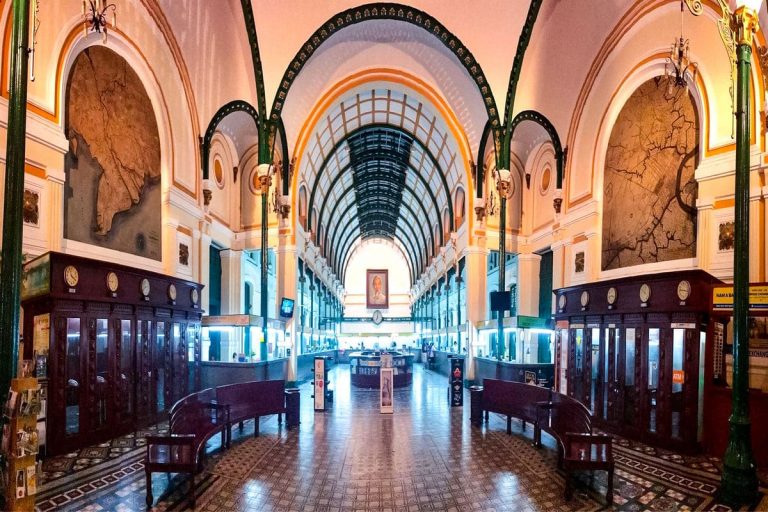
Saigon Central Post Office
2 Paris Commune Street is the site of District 1 Central Post Office. This building is one of the oldest in Ho Chi Minh City. From 1886 to 1891, Central Post Office was put up using a design by France’s well-known architect Villedieu.
Saigon Central Post Office, situated in downtown Ho Chi Minh City and near Notre Dame Cathedral, must be visited by first time visitors to this city. The post office, one of the city’s oldest buildings and most identifiable structures, was built between 1886 and 1891.
Besides being just a place to mail letters, the Saigon Central Post Office is also an ancient structure where many significant events have taken place before that played a great role in shaping relationships between French colonizers and other parts of Indochina such as Cambodia and Laos.
Its construction began in 1886 according to Foulhoux’ designs until it was completed five years later. It should be noted that often it is falsely associated with Eiffel or Vildieu. Concerning this site they say that tourists from abroad especially those from its home country which is France do not stop praising it for its beauty and architectural uniqueness. This post office epitomizes a combination of neoclassical European architecture with Asian ornamentation. At front of this building are some European touches like palmette decorations, Roman arches and windows as well as wonderfully worked reliefs.
Ho Chi Minh City central post office still operates as Saigon Central Post Office collecting thousands of packages and letters daily. And if you happen to come by take your time and write something on paper or send your loved ones pictures about how things are going on here while at home before returning back home via this site but ensure you word everything very well like making them feel cared for all the time because only few know when will we meet again?
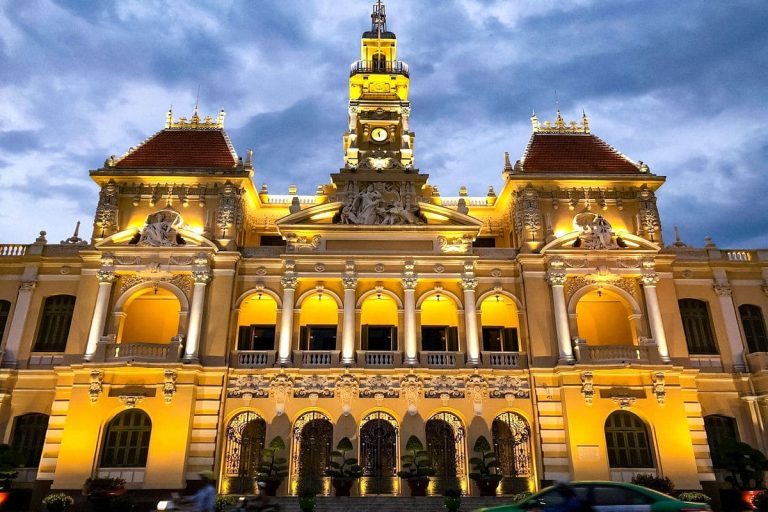
People’s Committee Building
The People’s Committee Building of Ho Chi Minh City was completed in 1898, and it began operation in 1909.
Its stunning architecture, such as the intricate reliefs etched on the walls that are so breathtaking and the solid Roman columns and arches, never cease to amaze travelers.
One of seventeen buildings in Ho Chi Minh City that are more than a century old is The People’s Committee Building which was constructed by Femand Gardes from 1889 – 1909.
During French colonial rule, it was called Hôtel de Ville but later became a city hall by South Vietnamese government. This structure has been known as the Ho Chi Minh City People’s Committee Building since 1975. It sits at the junction of Nguyen Hue Boulevard and Le Thanh Ton Street in one of Ho Chi Minh City’s central districts where all are reached easily. It is very similar to one located at Paris.
On this building’s exterior there is a beautiful mix of various embellishments; most notably, there is a Marianne relief which reflects on the Third French Republic architectural design found in the middle part of its facade. Inside this building is like heaven with delicate furniture pieces and frescoes whose majority cover almost all vaults.
Unfortunately however few people get to experience first hand its splendid atmosphere due to its closure to public visits.
Nevertheless just walking around outside the building even can be an interesting experience that might make you nostalgic about Vietnam’s colonial past.Therefore remember not to act suspiciously or against rules if you don’t want problems because this area is restricted.
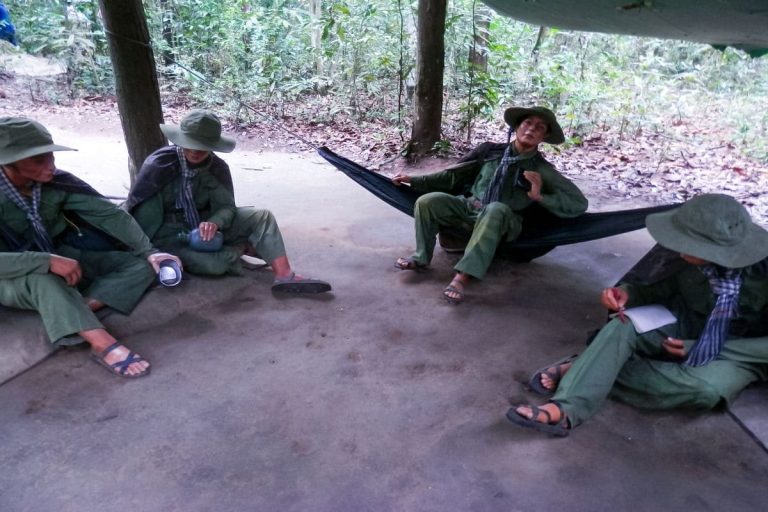
Cu Chi Tunnels
Although it provides a theoretical overview of the Vietnam War, a visit to the War Remnants Museum will leave one with only an academic understanding of the conflict. However, there is more to be gained by visiting just a small fraction of Cu Chi Tunnels that have become popular tourist sites in Vietnam whereupon you can see for yourself how smart their military tactics were in defeating United States and South Vietnamese forces. The portion of the Cu Chi Tunnels open for public viewing is very minute compared to the whole underground system that has been built. A trip costs VND 35,000 (about USD 1.6) per adult and tickets must be bought at the point of entry. To start with, prior to gaining entrance into bunkers, trapdoors, prefabricated living rooms, storage facilities as well as command centers and kitchens; visitors are exposed to some documentary on how these tunnels were made and how Vietnamese soldiers who lived beneath them did.
Religious sites
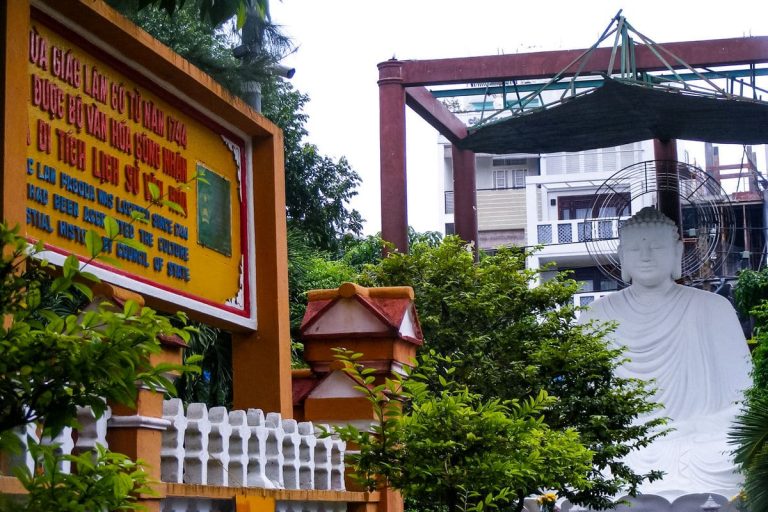
Giac Lam Pagoda
One of the pioneering pagodas in Ho Chi Minh City is Giac Lam Pagoda that was built in 1744. In Tan Binh District, Giac Lam Pagoda exists at 118 Lac Long Quan Street. It had been erected by Ly Thuy Long, a Chinese immigrant to Vietnam around 1744 but only turned into a Buddhist temple in 1772 under Thich Vien Quang who was its first abbot. Located at Giac Lam Pagoda, one of the oldest temples situated there for almost three centuries and it contains historical artifacts as well as valuable cultural relics along with particular architectural features. It is located in District 11 which is about twenty minutes from downtown. The immense chamber of this temple boasts many typical Asian elements such as Bagua ceiling representing astronomical Taoism and Buddhism. These statues are made out of wood (the rest) and bronze (only eight). Theravada Buddhist temple it is too that venerates Bodhisattva and Eighteen Arhats.
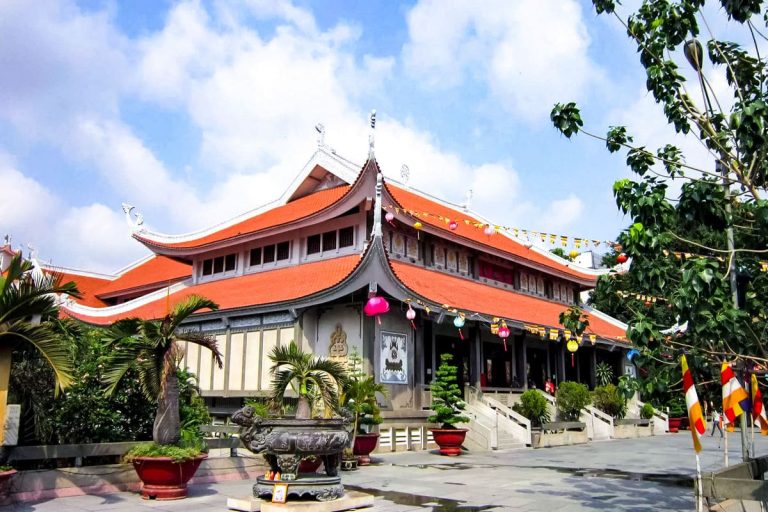
Vinh Nghiem Pagoda
Ho Chi Minh City’s Vinh Nghiem Pagoda is one of the oldest, most exquisite and respected pagodas in Vietnam. The temple is centrally located in Ho Chi Minh City and can be accessed by vehicles, bikes or buses. It is just around 20 minutes from Ben Thanh market. On the first day and fifteenth day of every month, there are always a lot of people coming to the pagoda for worshiping it (Rutherford 3). In 1964 was when this pagoda started being built. It had been completed in 1971.
The Grand Hall, three-arch Shanman gate, and surrounding towers are the three main parts of this Mahayana Buddhist temple that measures about six thousand square meters.
The establishment on this temple is different from those Theravada temples dedicated to only Buddha; here they respect both Buddha, Bodhisattvas as well as Arahants (Louhans). All other Mahayana Buddhist temples have similar characteristics. There is no other reason why the Great Hall exists except to honor Buddha, Bodhisattvas together with Arahants (Hanson-Ruthven 5). In the middle stands a revered statue of Buddha with two Bodhisattvas standing on his left and right side.
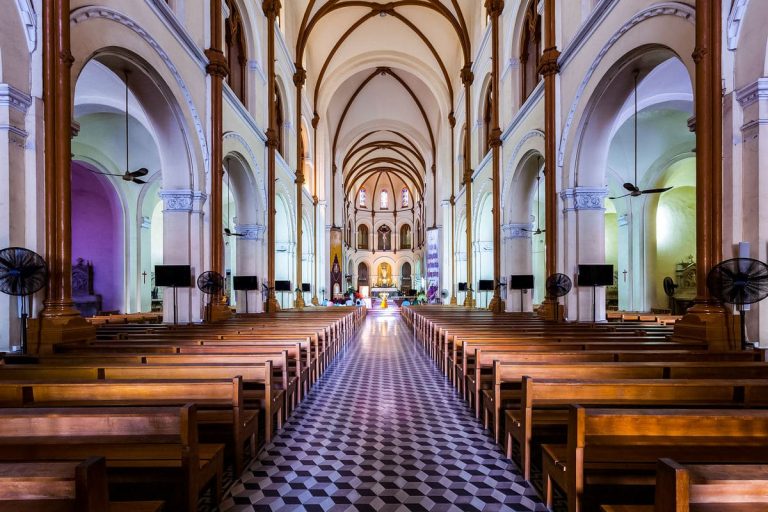
Saigon Notre-Dame Cathedral
The Saigon Notre-Dame Cathedral is right in the center of the city. Its construction took place between 1863 and 1880 by the French, and it stands at a towering height of 60 meters.
Ask any local person about the heart of this city or what it symbolizes, they will definitely talk about Ben Thanh Market or Saigon Notre Dame Cathedral (officially known as Basilica of Our Lady of The Immaculate Conception).
Firstly, its significance makes Saigon Notre Dame Cathedral worth visiting while at the same time being obvious once you get to Ho Chi Minh City.
The cathedral is used as a mother church for Saigon Archdiocese; moreover, it is the seat of Archbishop of Saigon who play significant role in Catholic believers’ spiritual life in Southern Vietnam. Therefore, if you are advised to visit any site while here ensure that you go together with these three places such as this one, Independence Palace next door and Central Post Office in Saigon because they are only a stone’s throw away from each other.
In regard to its contribution towards Vietnamese Catholic community during its existence, this church was promoted into basilica status in 1962 thus becoming one among four basilicas found in Vietnam only. Under J. Bourad’s supervision as an architect of Basilica, construction work started on this structure in 1877 and lasted for three years . The first service to be held at the cathedral happened on April 11th , 1880 which marked its dedication time. One distinguishing feature about this church is that it has many stained glass windows; most of them show biblical narratives or saints. In addition there is also an original pipe organ which only few churches have such as this one throughout Vietnam since pipe organs are considered as king among all music instruments
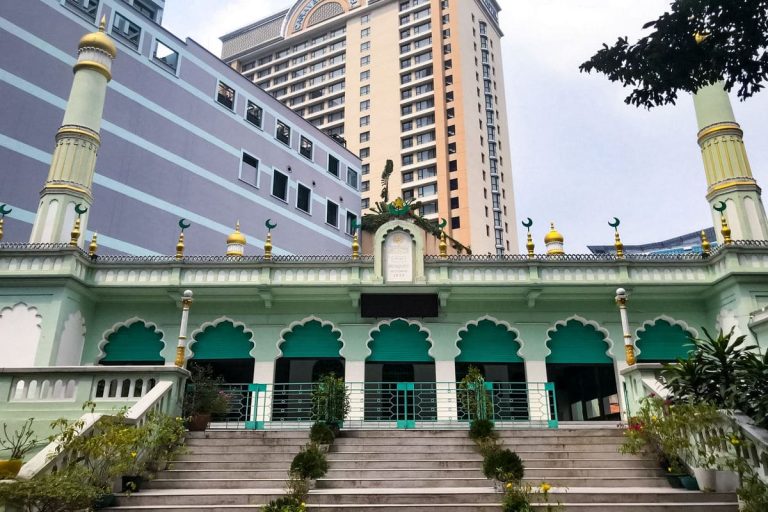
Central Mosque
In Ho Chi Minh City, Vietnam, the Central Mosque of Saigon also known as Saigon Central Mosque stands out as a place of worship in the bustling city that is quiet and welcoming. Constructed by Indian Muslims in 1935, it was built on the same site as the previous mosque giving away a peaceful hideaway with its lime-green façade and glittering white and blue building appended with four decorative minarets.
The mosque represents not only a place where people can find spiritual solace but also symbolizes the diverse cultural make-up of this city. It is an embodiment of the historical presence of Indian Muslim community that once flourished in these parts. Contrary to modernity surrounding Dong Khoi area which has sleek lines and manicured lawns around it, the mosque’s architecture is very simple.
To be able to pray or perform other religious rituals within the mosque’s premises according to Islamic teachings, there are several conditions which must be met; shoes must be taken off before entering into a sacred place while ablution pool has been provided for this purpose. Cool marble floorings and serene atmosphere inside such mosque invite both worshippers and those desiring for some tranquility.
Islam and Muslims have deep roots which may date back to about 11th century in Vietnam. The earliest Muslim converts among Vietnamese were probably Cham people while throughout centuries Islam was affected by traders from Sub-Continent as well as migrants from Malaysia. This produces distinct forms of Islamic observances infused with indigenous customs.
At present day, Saigon Central Mosque serves both local Muslim community alongside being an epitome of how faiths cohabit peacefully or interchangeably in Vietnam’s most populous city.
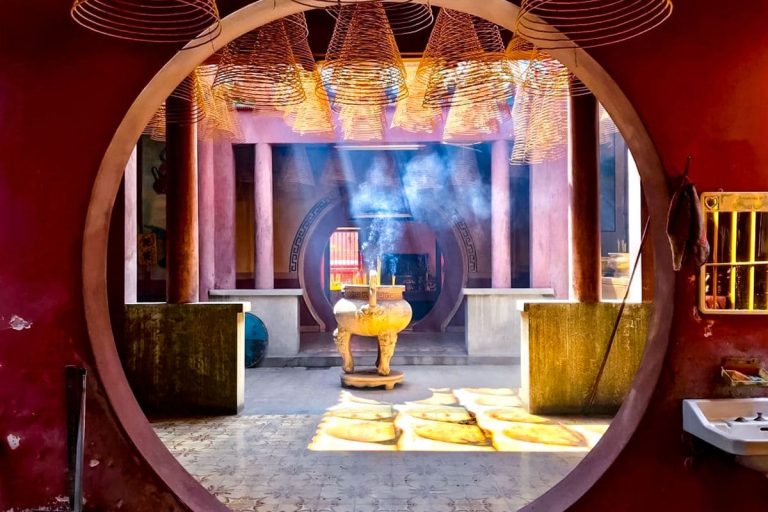
Phung Son Tu Pagoda
Ho Chi Minh City has a Phung Son Tu Pagoda, which has great historical and cultural importance. Its construction started in 1802 and ended in 1820 replacing older structures from the Funan period and expressing the depth of Buddhism in Vietnam. It features notable collections of gilded, painted, wooden, ceramic and copper statues. This includes a larger than life Eda Buddha (Amitābha) covered with gold on the main altar to represent infinite light.
The pagoda has an interesting past that includes an attempt to move it elsewhere. Legend says that while transferring ritual objects of the pagoda, a white elephant carrying them tripped and they fell into a nearby pond. It was considered as an indication for the pagoda not to be moved from its site. Although all items were recovered except for the bell whose sound was said by locals that could be heard during full/new moon until nearly one hundred years ago.
Phung Son Tu Pagoda is a place where you can pray and find art, culture, history thus showing Vietnam’s spiritual tradition as well as its artistic heritage. To get more information about this heritage monument, visitation hours are during prayer time by going through side entrance doors.
Nature & Parks
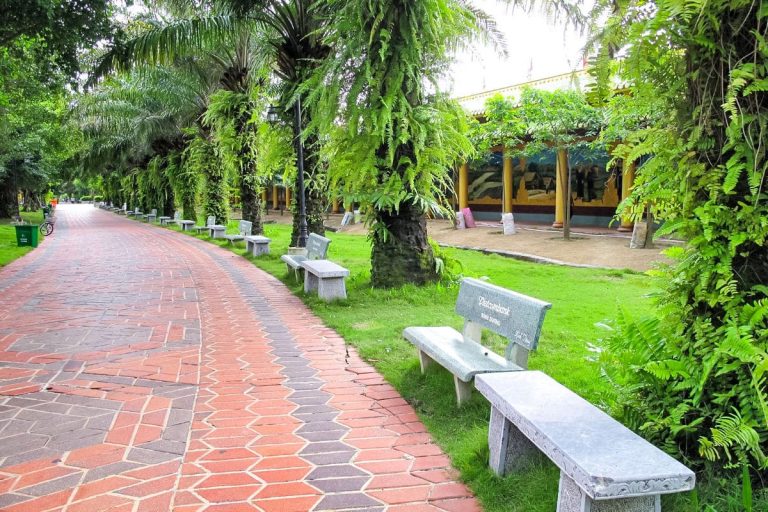
Dai Nam Park
Vietnam’s biggest man-made tourist attraction, Dai Nam Park, is characterized by a mix of modern and traditional architectural styles. Located on National Highway No. 13 in Binh Duong, the park opened for business in late 2008. To get there from Saigon it takes about two hours by road via Hiep An, Thu Dau Mot Town and Binh Duong Province.
Dai Nam Park comprises The Open Zoo, Dai Nam Campground, Dai Nam Amusement Park and Dai Nam Van Hien Wonderland all of which are parts of the huge complex known as Dai Nam Park. Additionally, it hosts a mall where shoppers can buy all that they need as well as lodgings; theater; waterpark; beach; zoo among others such as temple and theme park too.
The most beautiful place inside the whole of Dai Nam Park is the 12.5 hectares Open Zoo which is home to seventy six species for instance white peacocks, white tigers as well as white hippos. Among other parks in Ho Chi Minh City like this one, there has been no such innovative design before hence this night zoo at Vietnam’s first ever Open Zoo at Dai Nam is very significant change that has been made to history of them. It will be a memorable experience for visitors to go near the animals while visiting this zoo.
Another major attraction at DaNamPark is its 5000 m2 temple. In essence, it is just another representation of Vietnam with aspects such as historical buildings like Bao Son Mountain (the five mountains Kim-Moc-Thuy-Hoa-Tho) and amazing creations including DaiNam QuocTuTemple, Great South VietNam – that tiny version of VietNam starting from Hung King up to date when it occupies so many chapters in our history books.
In short the contemporary entertainment center compliments the traditional and natural ones – great place to take your family on one day trip that offers various activities: from familiar games such as war spacecraft, kiddie electric cars and folk games to exciting ones like the water plume ride or roller coasters on square tracks.
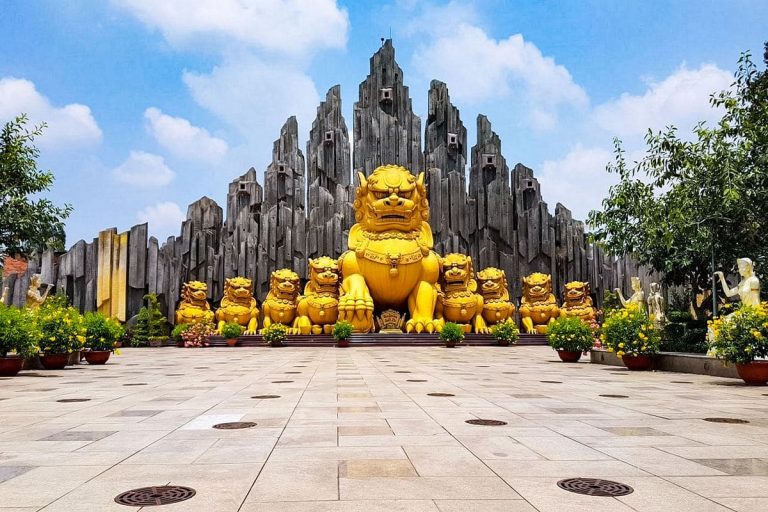
Suoi Tien Theme Park
Suoi Tien is one of the biggest theme parks in Ho Chi Minh City and offers a variety of state-of-the-art entertainment options.
Suoi Tien Theme Park may be a contradiction to your perception that the only people who can enjoy theme parks are children. Suoi Tien Theme Park is far away from the city center but remains popular with locals on sweltering days. It is also likely to get very crowded during the peak dry season.
Suoi Tien covers 105 hectares with approximately 150 buildings and entertainment facilities available to guests.
The most famous feature of Suoi Tien Theme Park is the Tien Dong – Ngoc Nu water park – Vietnam’s first artificial beach. The water park has two sections, one suitable for kids and another not so safe.
Some water activities like water slides and splash pads are inappropriate for both cowards and some young folks too. Suoi Tien Theme Park has more than just a water park though. Buddhist temples located within the theme park can offer peace or just a little moment of silence for those seeking tranquility.
To learn more about these Vietnamese heroes, history buffs as well as culture lovers would have an interest in visiting temples devoted to Hung kings, Tran Hung Dao, or Hai Ba Trung. Without its various games which cater for different age groups, fireworks at a town night will no longer make sense if we speak about a thematic park’s failure in meeting expectations.
But when most people think about it they think of thrilling roller coasters around the site. Suoi Tien offers different kinds of thrill rides which include flat rides, roller coasters and Ferris wheels; all this comes with guarantees of safety.
Museums & Galleries
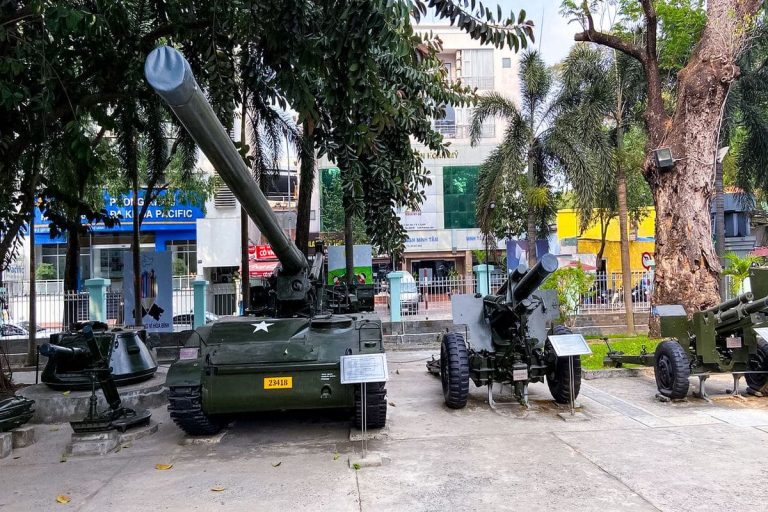
War Remnants Museum
In under five months following the fall of South Vietnam’s government, the museum was opened hastily. Tanks, planes, helicopters and howitzers are on display outside the building. The museum has relocated to a new facility having three floors full of exhibits. This dreadful display of human suffering during the (American) war in Vietnam consists of halls full with horrific pictures, a counterfeit “tiger cage” prison and jars containing deformed foetuses that were caused by exposure to Agent Orange. An exhibition on its third floor presents the story of journalists from all over who often died or went missing while recording conflicts. Be careful with limbless vendors. Look at museum brochure for map; Reunification Palace is just around the corner. 15,000 dong & admission fee
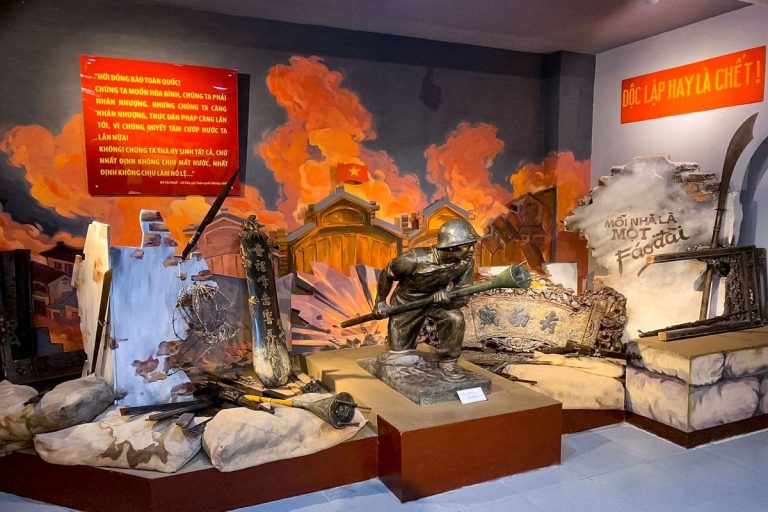
Vietnam History Museum
Placed into a pagoda-like structure, the Vietnam History Museum possesses numerous relics and reminiscences about their country’s past including huge numbers of ancient pottery, 14th century armaments, war cannons, traditional clothes apparel, pictures of various ethnic groups and other things among many others. Open between 8:00 am to 11:30 am on Tuesday to Sunday and 1:30 pm – 5pm.
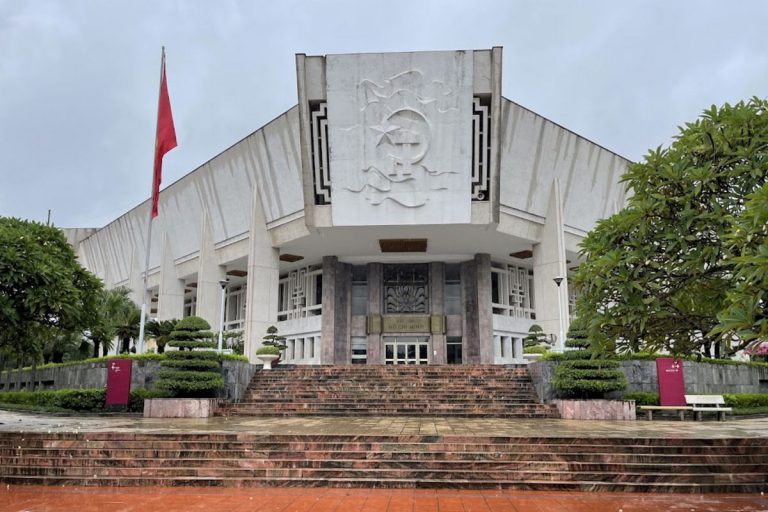
Ho Chi Minh Museum
In a building from the French colonial era, the museum describes the life of Vietnam’s modern founder. There is a wide range of Ho Chi Minh’s personal effects on display but the majority of them are photographs. This is not an educational institution; it does not have a shining atmosphere and its employees are far from being enthusiastic about what they do. Just like everything else, viewpoint determines whether or not you find this topic too nationalistic. The gift shop includes standard souvenirs and some books about Ho Chi Minh. 10,000 dong
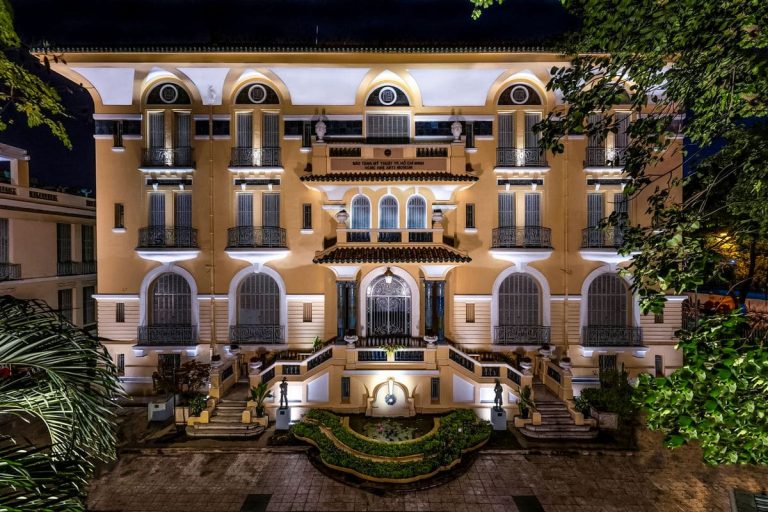
Fine Arts Museum Ho Chi Minh city
The arts in Europe are much advanced compared to Vietnam and this is not to say that there aren’t wonderful pieces of art in Vietnam. There is a fine arts museum located at Pho Duc Chinh Street, District 1 near Ben Thanh market.
This museum has artworks from both local and regional artists, as well as relics that have cultural significance and could span a wide period in the history of Vietnam. The museum is divided into two main parts; one for ancient fine arts and the other for modern fine arts with crafts created by some of the most talented artisans within the country as well as the region.
It was built and inhabited by Hui Bon Hoa alias Uncle Hoa, a Chinese immigrant in Vietnam before being transformed into a museum by Ho Chi Minh City government in 1987.
Since then, it has been vital for preserving Vietnamese art and Southern part of Vietnam is an ideal place for art lovers. A lot of programs especially photography ones have been recently brought about with an aim of making young Vietnamese people interested in fine arts such that more young people would visit this museum. However, building itself has decayed after environment mega-construction, mall’s but now management tries to renovate some elements.
For those who are interested in Vietnamese culture and art, Fine Arts Museum is indispensable. Even though the museum is not big enough or modern enough, its great collections can compensate these deficiencies.For example ,it aims at gathering ,preserving and exhibiting beautiful artistic works which representVietnamese people generally speaking but mainly from HoChiMinh cityand South.Three levels constitute its exhibition space.
Domestic and foreign art exhibitions take place on the first floor while on the second floor we find works like paintings’ sculptures done by both foreign artists including those from Vietnam .There are many centuries-old paintings featuring prominent Vietnamese painters Trinh Cung Do Quang Em Diep Minh Chau Nguyen Gia Tri etc., whose names are well known.
The third level contains a collection of ancient works of art from the Champa and previous civilizations such as the Oc Eo archaeological site in the Mekong Delta. The dates range from 7th century to beginning of 20th century. This museum houses Blue Space Contemporary Art Centre, which is at the cutting edge; it is located next to the entrance.The middle area of this building has been converted into an open air plaza with basement leading to a complex set up of galleries.
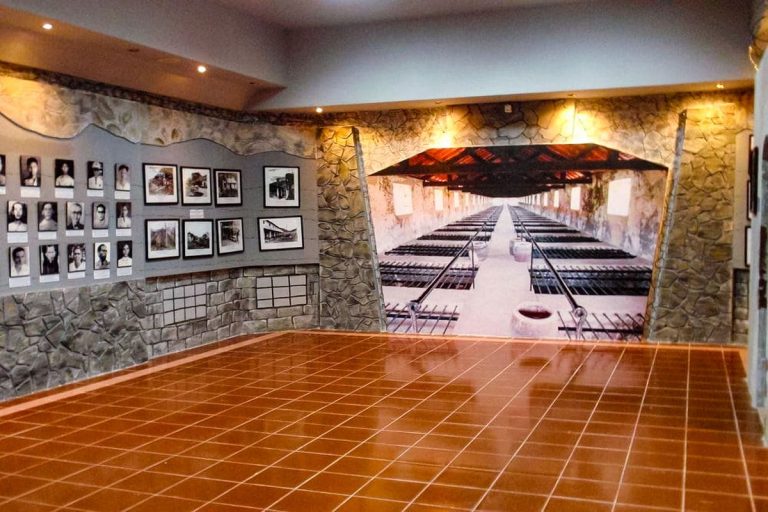
Ton Duc Thang Museum
The Ton Duc Thang Museum is one of the few museums where nobody has to pay the admission fees.
For it to be known as such, this is the only museum in Vietnam that holds displays regarding a single individual. Uncle Ton Duc Thang played an important role in Vietnam’s decolonization process. Although not as popular as other popular touristy museums like War Remnants Museum and The Museum of Vietnamese History, Ton Duc Thang museum makes for an interesting visit for anyone who wishes to delve deeper into Vietnam’s decolonization struggle against its French masters.
Uncle Ton Duong was a dominant theme in this museum’s exhibition. There are five permanent sections and one temporary exhibition at the museum. At his death 37 years later Ho Chi Minh presented him with over 50 gifts which are exhibited here.
In order to know what role he played in this area, visit “Uncle Ton with the south of Vietnam” exhibition which shows Uncle Ton’s contributions to revolution of Communist Party of Vietnam and decolonization of it.
There were 15 years when Uncle Ton served time at Con Dao prison, a place notorious for its harsh conditions where he was incarcerated by French colonizers. Go through “15 Years of Con Dao Prison” room if you want to learn more about this instance during his life.
Finally, there exists considerable room dedicated solely to honoring Uncle Ton; apart from that, this venue doubles up as a site for commemorating annual death anniversary of second President of Vietnam.
From one room to another comes out a striking image: straightforward but also extraordinary president – how he worked, how he fought and how much he was admired or loved.
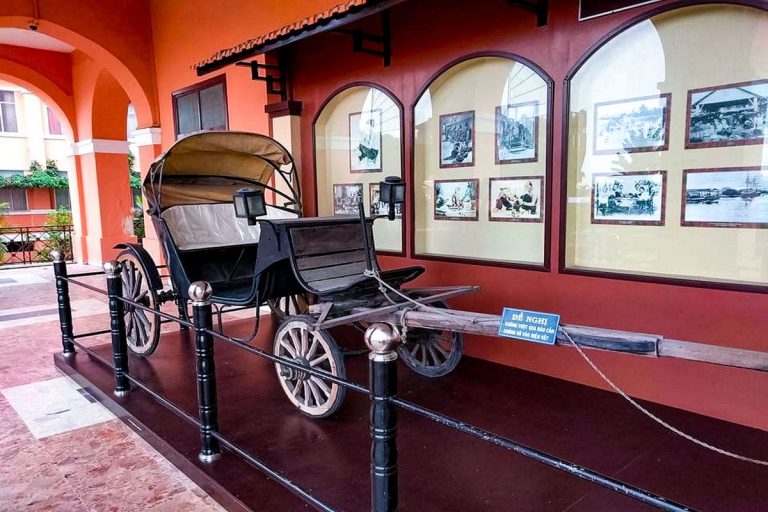
Ho Chi Minh Museum - Dragon Wharf
Initially, the Dragon Wharf was Saigon’s largest commercial port (formerly called Ho Chi Minh City). The French built this dock in 1862 for exporting purposes between colonized Vietnam and other parts of the world.
Ho Chi Minh, very significant in modern Vietnamese history, is revered throughout Vietnam but most notably in Ho Chi Minh City which was named after him. June 1911 saw him embark on a thirty-year visit to all corners of the world on board Dragon House Wharf from where he sailed off Vietnam using a French vessel called Admiral Latouche Treville; this event marks the place.
It can be found today by tourists on Nguyen Tat Thanh Street near its beginning right at the point where Saigon River (District 4) meets it.
The harbor is famous for its unique architecture that blends French and Vietnamese styles. This feature is obviously manifested in main French-style building with two dragons’ heads engraved into its roof, something common in traditional Vietnamese temple and pagoda architecture. According to some sources, the name of this wharf derives from this motif.
There are about 3,000 photographs and 700 objects related to President Ho Chi Minh including his personal belongings and diaries as well as several manuscripts and published works explaining his unbelievable life.
Even though not being used as port anymore, today it has turned into a major attraction for tourists visited by millions both domestically and internationally who come to learn about Vietnam’s rich culture and history inspired by one man’s exceptional story that moved countless people across continents.


